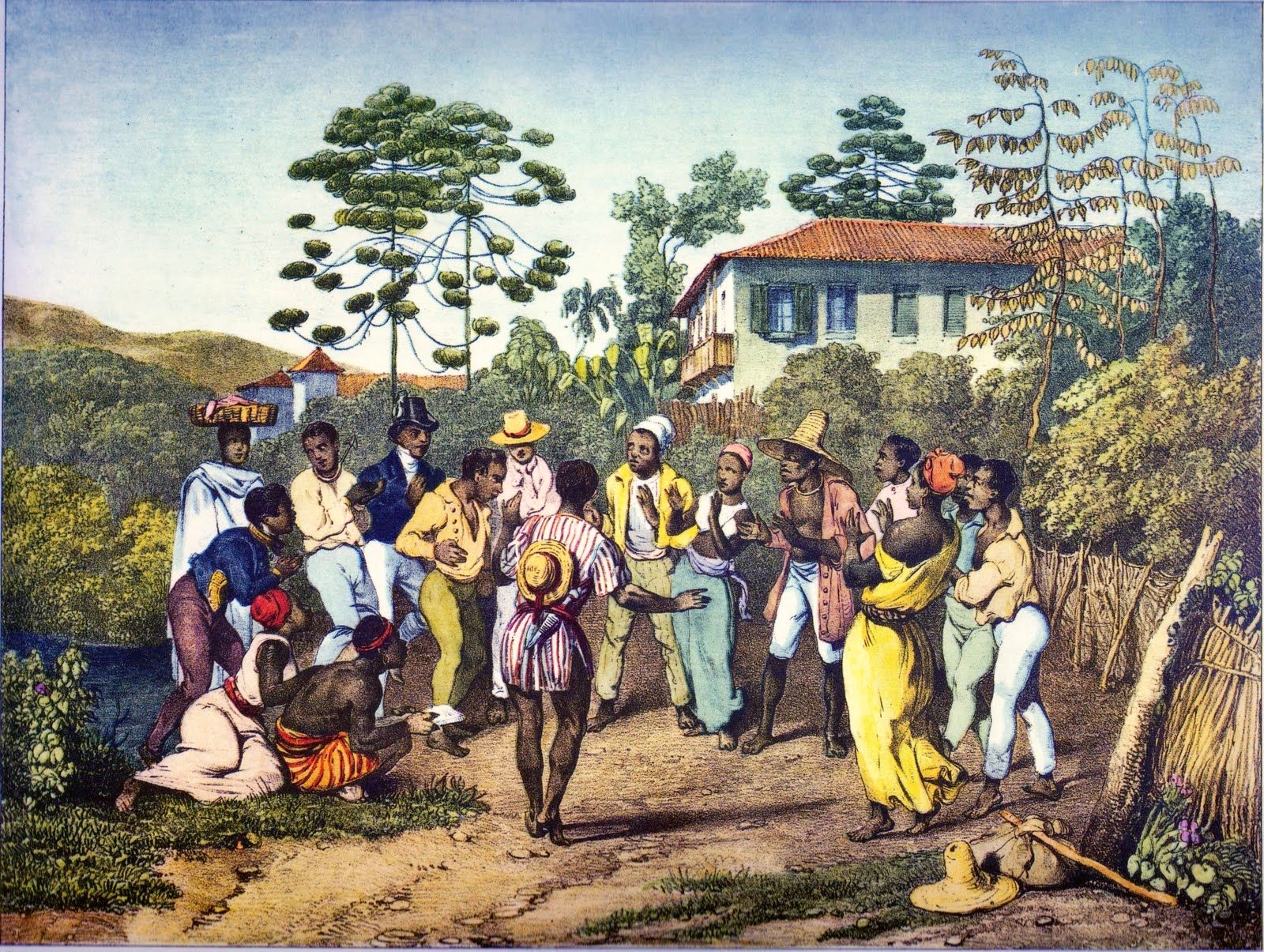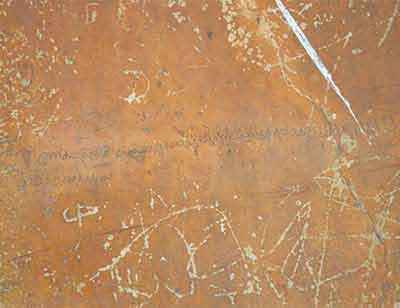|
Rusa Unicolor Unicolor
The Sri Lankan sambar or Indian sambar (''Rusa unicolor unicolor''), also known as ගෝනා (gōṇā) in Sinhala, is a subspecies of the sambar that lives in India and Sri Lanka. British explorers and planters referred to it, erroneously, as an elk, leading to place names such as Elk Plain. Description This subspecies is the largest sambar subspecies and representative of the ''Rusa'' genus, with the largest antlers both in size and in body proportions. Large males weight up to 270–280 kg. Distribution and habitat Sambar live in both lowland dry forests and mountain forests. Large herds of sambar roam the Horton Plains National Park Horton Plains National Park () is a national park in the central highlands of Sri Lanka that was designated in 1988. It covers an area of 31km² and borders Thotupalakanda Nature Reserve. It is located at an elevation of and encompasses montane ..., where it is the most common large mammal. References {{Taxonbar, from=Q4118 ... [...More Info...] [...Related Items...] OR: [Wikipedia] [Google] [Baidu] |
Kanha National Park
Kanha Tiger Reserve, also known as Kanha–Kisli National Park, is one of the tiger reserves of India and the largest National park of India, national park of the state of Madhya Pradesh. It covers an area of in the two districts Mandla and Balaghat. The park hosts Bengal tiger, Indian leopard, sloth bear, barasingha and dhole. It is also the first tiger reserve in India to officially introduce a mascot, Bhoorsingh the Barasingha. Geography Kanha Tiger Reserve encompasses an area of in the two districts Mandla and Balaghat in Madhya Pradesh. It is divided into two protected areas, Hallon and Banjar, of , respectively. Kanha National Park was created on 1 June 1955 and was designated tiger reserve in 1973. Together with a surrounding buffer zone of and the neighbouring Phen Sanctuary, it forms the Kanha Tiger Reserve, which is one of the biggest in the country. This makes it the largest national park in central India. Flora The lowland forest in Kanha Tiger Reserve is a ... [...More Info...] [...Related Items...] OR: [Wikipedia] [Google] [Baidu] |
Madhya Pradesh
Madhya Pradesh (; ; ) is a state in central India. Its capital is Bhopal and the largest city is Indore, Indore. Other major cities includes Gwalior, Jabalpur, and Sagar, Madhya Pradesh, Sagar. Madhya Pradesh is the List of states and union territories of India by area, second largest Indian state by area and the List of states and union territories of India by population, fifth largest state by population with over 72 million residents. It borders the states of Rajasthan to the northwest, Uttar Pradesh to the northeast, Chhattisgarh to the east, Maharashtra to the south, Gujarat to the west. The area covered by the present-day Madhya Pradesh includes the area of the ancient Avanti (India), Avanti Mahajanapada, whose capital Ujjain (also known as Avantika) arose as a major city during the second wave of Indian urbanisation in the sixth century BCE. Subsequently, the region was ruled by the major dynasties of India. The Maratha Confederacy, Maratha Empire dominated the maj ... [...More Info...] [...Related Items...] OR: [Wikipedia] [Google] [Baidu] |
India
India, officially the Republic of India, is a country in South Asia. It is the List of countries and dependencies by area, seventh-largest country by area; the List of countries by population (United Nations), most populous country since 2023; and, since its independence in 1947, the world's most populous democracy. Bounded by the Indian Ocean on the south, the Arabian Sea on the southwest, and the Bay of Bengal on the southeast, it shares land borders with Pakistan to the west; China, Nepal, and Bhutan to the north; and Bangladesh and Myanmar to the east. In the Indian Ocean, India is near Sri Lanka and the Maldives; its Andaman and Nicobar Islands share a maritime border with Thailand, Myanmar, and Indonesia. Modern humans arrived on the Indian subcontinent from Africa no later than 55,000 years ago., "Y-Chromosome and Mt-DNA data support the colonization of South Asia by modern humans originating in Africa. ... Coalescence dates for most non-European populations averag ... [...More Info...] [...Related Items...] OR: [Wikipedia] [Google] [Baidu] |
Robert Kerr (writer)
Robert Kerr (20 October 1757 – 11 October 1813) was a Scottish surgeon, writer on scientific and other subjects, and translator. Life Kerr was born in 1757 in Bughtridge, Roxburghshire, the son of James Kerr, a jeweller, who served as MP for Edinburgh 1747–1754, and his wife Elizabeth. He was sent to the High School in Edinburgh. He studied medicine at the University of Edinburgh and practised at the Edinburgh Foundling Hospital as a surgeon. He was elected a Fellow of the Royal Society of Edinburgh in 1788. His proposers were Alexander Fraser Tytler, James Russell and Andrew Dalzell. At this time, he lived at Foresters Wynd off the Royal Mile in Edinburgh. He translated several scientific works into English, such as Antoine Lavoisier's work of 1789, '' Traité Élémentaire de Chimie'', published under the title ''Elements of Chemistry in a New Systematic Order containing All the Modern Discoveries'', in 1790. In 1792, he published ''The Animal Kingdom'', the first tw ... [...More Info...] [...Related Items...] OR: [Wikipedia] [Google] [Baidu] |
Samba Deers
Samba () is a broad term for many of the rhythms that compose the better known Brazilian music genres that originated in the Afro-Brazilians, Afro Brazilian communities of Bahia in the late 19th century and early 20th century, It is a name or prefix used for several rhythmic variants, such as samba urbano carioca (''urban Carioca samba''), samba de roda (sometimes also called ''rural samba''), among many other forms of samba, mostly originated in the Rio de Janeiro (state), Rio de Janeiro and Bahia states. Having its roots in Brazilian mythology, Brazilian folk traditions, especially those linked to the primitive rural samba of the Colonial Brazil, colonial and Empire of Brazil, imperial periods, is considered one of the most important cultural phenomena in Brazil and one of the country symbols. Present in the Portuguese language at least since the 19th century, the word "samba" was originally used to designate a "popular dance". Over time, its meaning has been extended to a "B ... [...More Info...] [...Related Items...] OR: [Wikipedia] [Google] [Baidu] |
Sinhala Language
Sinhala ( ; Sinhala: , , ), sometimes called Sinhalese ( ), is an Indo-Aryan language primarily spoken by the Sinhalese people of Sri Lanka, who make up the largest ethnic group on the island, numbering about 16 million. It is also the first language of about 2 million other Sri Lankans, as of 2001. It is written in the Sinhalese script, a Brahmic script closely related to the Grantha script of South India. The language has two main varieties, written and spoken, and is a notable example of the linguistic phenomenon known as diglossia. Sinhala is one of the official and national languages of Sri Lanka. Along with Pali, it played a major role in the development of Theravada Buddhist literature. Early forms of the Sinhalese language are attested to as early as the 3rd century BCE. The language of these inscriptions, still retaining long vowels and aspirated consonants, is a Prakrit similar to Magadhi, a regional associate of the Middle-Indian Prakrits that had been ... [...More Info...] [...Related Items...] OR: [Wikipedia] [Google] [Baidu] |
Sambar Deer
The sambar (''Rusa unicolor'') is a large deer native to the Indian subcontinent, South China and Southeast Asia that is listed as a vulnerable species on the IUCN Red List since 2008. Populations have declined substantially due to severe hunting, local insurgency, and industrial exploitation of habitat. The name "sambar" is also sometimes used to refer to the Philippine deer called the "Philippine sambar", and the Javan rusa called the "Sunda sambar". Taxonomy and evolution Genetic analysis shows that the closest living relative of the sambar is most likely the Javan rusa of Indonesia. This is supported by reports that sambar can still interbreed to produce fertile hybrids with this species. Fossil sambar are known from the early Pleistocene, although they are very similar in form to early deer species from the Pliocene, with less of a resemblance to more modern cervines. The species probably arose in the tropical reaches of southern Asia, and later spread across its current r ... [...More Info...] [...Related Items...] OR: [Wikipedia] [Google] [Baidu] |
Sri Lanka
Sri Lanka, officially the Democratic Socialist Republic of Sri Lanka, also known historically as Ceylon, is an island country in South Asia. It lies in the Indian Ocean, southwest of the Bay of Bengal, separated from the Indian subcontinent, Indian peninsula by the Gulf of Mannar and the Palk Strait. It shares a maritime border with the Maldives in the southwest and India in the northwest. Sri Jayawardenepura Kotte is the legislative capital of Sri Lanka, while the largest city, Colombo, is the administrative and judicial capital which is the nation's political, financial and cultural centre. Kandy is the second-largest urban area and also the capital of the last native kingdom of Sri Lanka. The most spoken language Sinhala language, Sinhala, is spoken by the majority of the population (approximately 17 million). Tamil language, Tamil is also spoken by approximately five million people, making it the second most-spoken language in Sri Lanka. Sri Lanka has a population of appr ... [...More Info...] [...Related Items...] OR: [Wikipedia] [Google] [Baidu] |




